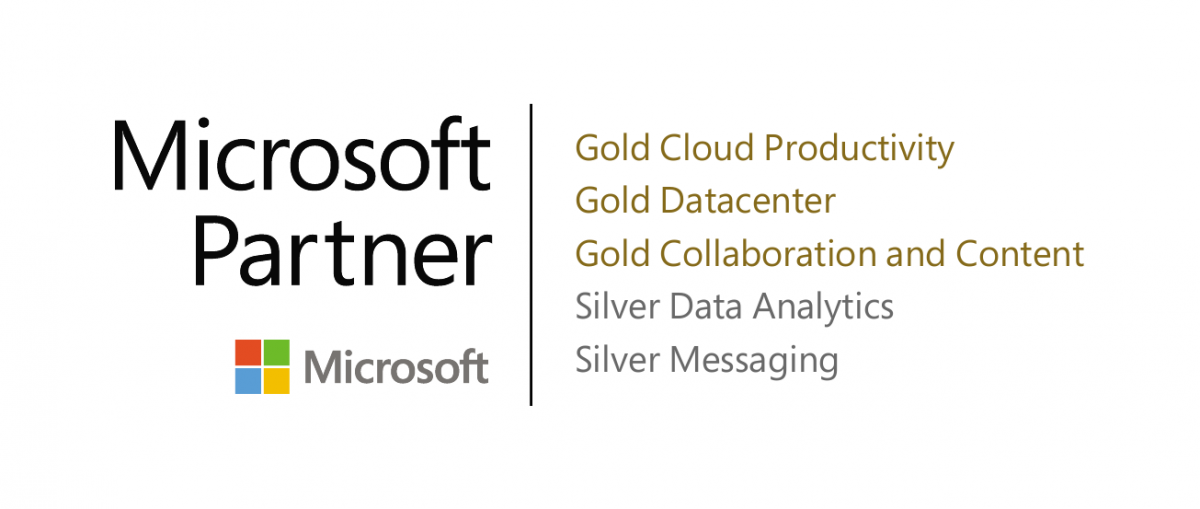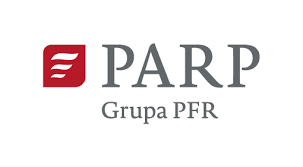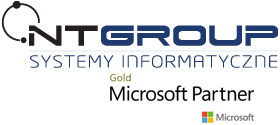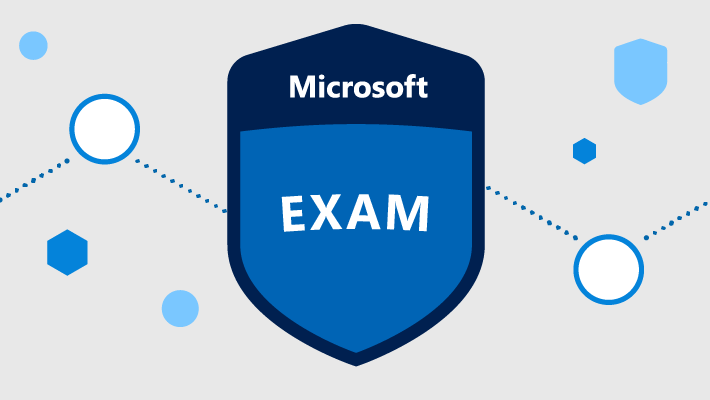Konspekt
Module 1: Installing, upgrading, and migrating servers and workloads
This module explains how to prepare for and install Windows Server 2016, including Server Core. This module also explains how to plan a server upgrade and migration strategy. Also this module explain to how to perform a migration of server roles and workloads within and across domains. Finally, this module explains how to choose an activation model based on environment characteristics
Lessons
- Introducing Windows Server 2016
- Preparing and installing Server Core
- Preparing for upgrades and migrations
- Migrating server roles and workloads
- Windows Server activation models
Lab 1: Installing and configuring Server Core
- Installing Server Core
- Completing post-installation tasks on Windows Server 2016 Core
- Performing remote management
After completing this module, students will be able to:
Understand concepts of Windows Server 2016 including preparation and installation of Server Core
- Manage upgrades and migration of server roles and workloads
- Manage Windows Server activation models
Module 2: Configuring local storage
This module explains how to manage disks and volumes in Windows Server 2016.
Lessons
- Managing disks in Windows Server
- Managing volumes in Windows Server
Lab 1: Configuring local storage
- Creating and managing volumes
- Resizing volumes
- Managing virtual hard disks
After completing this module, students will be able to:
- Manage disks including configuring and resizing volumes
- Manage virtual hard disks
Module 3: Implementing enterprise storage solutions
This module explains how to understand direct-attached storage (DAS), network-attached storage (NAS), and storage area networks (SANs). It also explains the purpose of Microsoft Internet Storage Name Service (iSNS) Server, data center bridging, and Multipath I/O (MPIO). Additionally, this module compares Fibre Channel, Internet Small Computer System Interface (iSCSI), and Fibre Channel Over Ethernet (FCoE), and describes how to configure sharing in Windows Server 2016.
Lessons
- Overview of DAS, NAS, and SANs
- Comparing Fibre Channel, iSCSI, and Fibre Channel over Ethernet
- Understanding iSNS, DCB, and MPIO
- Configuring sharing in Windows Server 2016
Lab 1: Planning and configuring storage technologies and components
- Planning storage requirements
- Configuring iSCSI storage
- Configuring and managing the share infrastructure
After completing this module, students will be able to:
- Understand DAS, NAS and SAN also iSNS, DCB and MPIO
- Plan and configure storage requirement for iSCSI
- Configure and manage share infrastructure
Module 4: Implementing Storage Spaces and Data Deduplication
This module explains how to implement and manage Storage Spaces and Data Deduplication.
Lessons
- Implementing Storage Spaces
- Managing Storage Spaces
- Implementing Data Deduplication
Lab 1: Implementing Storage Spaces
- Creating a Storage Space
- Enabling and configuring storage tiering
Lab 2: Implementing Data Deduplication
- Installing Data Deduplication
- Configuring Data Deduplication
After completing this module, students will be able to:
- Manage and implement storage space and data deduplication
Module 5: Installing and configuring Hyper-V and virtual machines
This module explains how to install Hyper-V, and configure storage and networking on Hyper-V host servers. Additionally, it explains how to configure and manage Hyper-V virtual machines
Lessons
- Overview of Hyper-V
- Installing Hyper-V
- Configuring storage on Hyper-V host servers
- Configuring networking on Hyper-V host servers
- Configuring Hyper-V virtual machines
- Managing virtual machines
Lab 1: Installing and configuring Hyper-V
- Verifying installation of the Hyper-V server role
- Configuring Hyper-V networks
- Creating and configuring virtual machines
- Enabling nested virtualization for a virtual machine
After completing this module, students will be able to:
- Understand Hyper-V
- Configure storage, networking and virtual machines on Hyper-V host servers
- Manage virtual machines
Module 6: Deploying and managing Windows and Hyper-V containers
This module explains how to deploy Windows Server and Hyper-V containers. It also explains how to install, configure, and manage containers by using Windows PowerShell and Docker.
Lessons
- Overview of containers in Windows Server 2016
- Preparing for containers
- Installing, configuring, and managing containers by using Docker
Lab 1: Installing and configuring containers
- Installing Docker Enterprise Edition for Windows Server 2016
- Installing and configuring an IIS container
After completing this module, students will be able to:
- Understand containers and also installing docker container
- Install and configure IIS container
Module 7: Overview of high availability and disaster recovery
This module explains how to plan high availability and disaster recovery solutions with Hyper-V virtual machines. Additionally, this module explains how to back up and restore the Windows Server 2016 operating system and data by using the Windows Server Backup feature.
Lessons
- Defining levels of availability
- Planning high availability and disaster recovery solutions with Hyper-V virtual machines
- Backing up and restoring by using Windows Server Backup
- High Availability with failover clustering in Windows Server 2016
Lab 1: Planning and implementing a high availability and disaster recovery solution
- Determine the appropriate high availability and disaster recovery solution
- Implementing storage migration
- Configuring Hyper-V Replicas
After completing this module, students will be able to:
- Define and plan availability levels and disaster recovery
- Backup and restore using Windows Server Backup
- Manage failover cluster for high availability
Module 8: Implementing failover clustering
This module explains how to create and manage a failover cluster. Additionally, it explains how to implement high availability and stretch clustering for a site.
Lessons
- Planning a failover cluster
- Creating and configuring a new failover cluster
- Maintaining a failover cluster
- Troubleshooting a failover cluster
- Implementing site high availability with stretch clustering
Lab 1: Implementing failover clustering
- Creating a failover cluster
- Verifying quorum settings and adding a node
Lab 2: Managing a failover cluster
- Evicting a node and verifying quorum settings
- Changing the quorum from disk witness to file-share witness and defining node voting
- Verifying high availability
After completing this module, students will be able to:
Understand, plan, create and configure a failover cluster including maintenance
- Troubleshoot failover cluster
- Implement stretch clustering
Module 9: Implementing failover clustering with Windows Server 2016 Hyper-V
This module explains how to implement Hyper-V virtual machines in failover clusters. Additionally, it describes the key features for virtual machines in a clustered environment.
Lessons
- Overview of yhe integration of Hyper-V Server 2016 with failover clustering
- Implementing Hyper-V VMs on failover clusters
- Key features for VMs in a clustered environment
Lab 1: Implementing failover clustering with Windows Server 2016 Hyper-V
- Configuring virtual environment
- Configuring a failover cluster for Hyper-V
- Configuring a highly available VM
After completing this module, students will be able to:
- Integrate and implement Hyper-V Server with failover cluster
- Configure virtual environment including failover cluster for Hyper-V
- Understand and implement highly available VMS
Module 10: Implementing Network Load Balancing
This module explains how to plan and configure an NLB cluster implementation. it also provides an overview of Network Load Balancing (NLB) and NLB clusters.
Lessons
- Overview of NLB
- Configuring an NLB cluster
- Planning an NLB implementation
Lab 1: Implementing NLB
- Implementing a Network Load Balancing (NLB) cluster
- Configuring and managing the NLB cluster
- Validating high availability for the NLB cluster
After completing this module, students will be able to:
- Understand, configure and implement a Network Load Balancer (NLB)S
Module 11: Creating and managing deployment images
This module explains how to create and manage deployment images by using the Microsoft Deployment Toolkit (MDT). Additionally, it describes different workloads in the virtual machine environment
Lessons
- Introduction to deployment images
- Creating and managing deployment images by using MDT
- Virtual machine environments for different workloads
Lab 1: Using MDT to deploy Windows Server 2016
- Configuring MDT
- Creating and deploying an image
After completing this module, students will be able to:
- Understand the Microsoft Deployment Toolkit (MDT)
- Create and manage deployment images
Module 12: Managing, monitoring, and maintaining virtual machine installations
This module explains how to manage the update process with WSUS. Additionally, this module provides an overview of Windows PowerShell Desired State Configuration (DSC) and Windows Server 2016 monitoring tools.
Lessons
- WSUS overview and deployment options
- Update management process with WSUS
- Overview of Windows PowerShell DSC
- Overview of Windows Server 2016 monitoring tools
- Using Performance Monitor
- Monitoring event logs
Lab 1: Implementing WSUS and deploying updates
Configuring update settings
- Approving and deploying an update by using WSUS
Lab 2: Monitoring and troubleshooting Windows Server 2016
- Establishing a performance baseline
- Identifying the source of a performance problem
- Viewing and configuring centralized event logs
After completing this module, students will be able to:
- Implement WSUS and configure update settings
- Approve and deploy an update using WSUS
- Establish, identify performance baseline
- View and configure event logs








